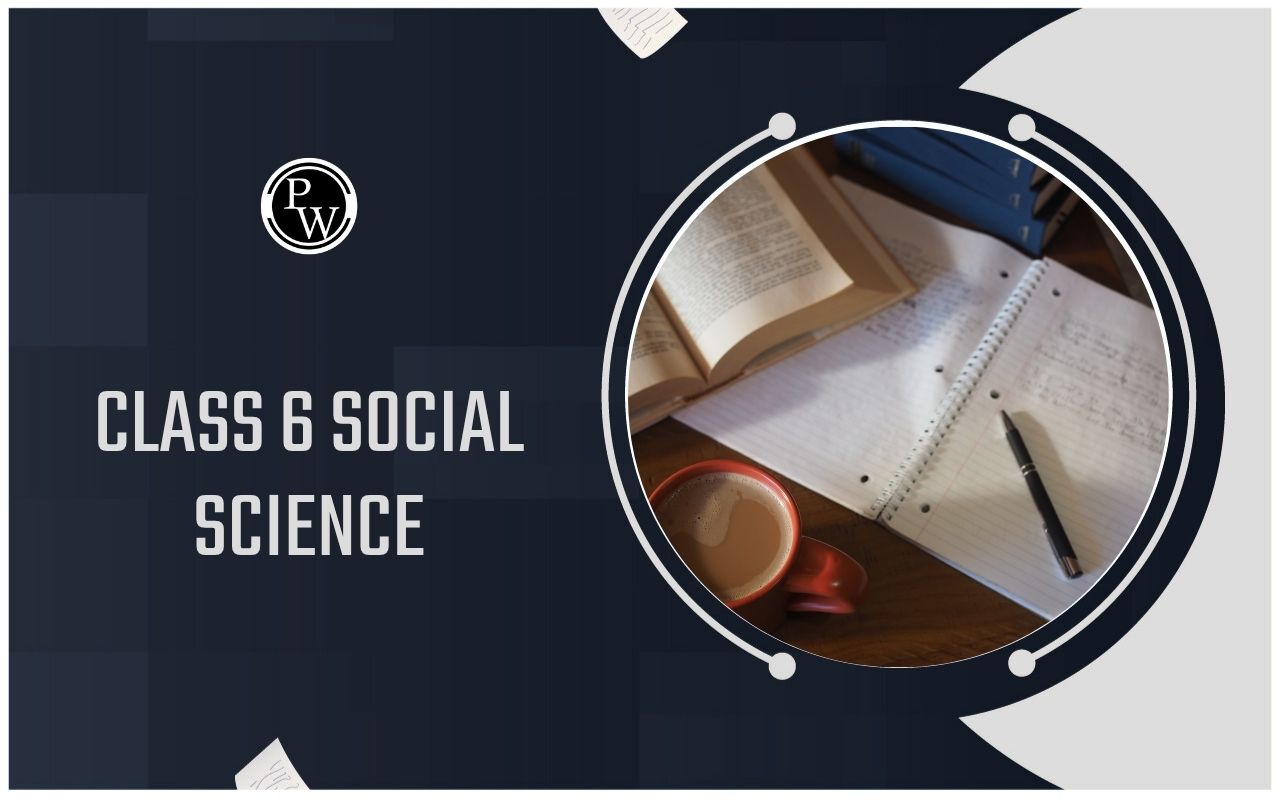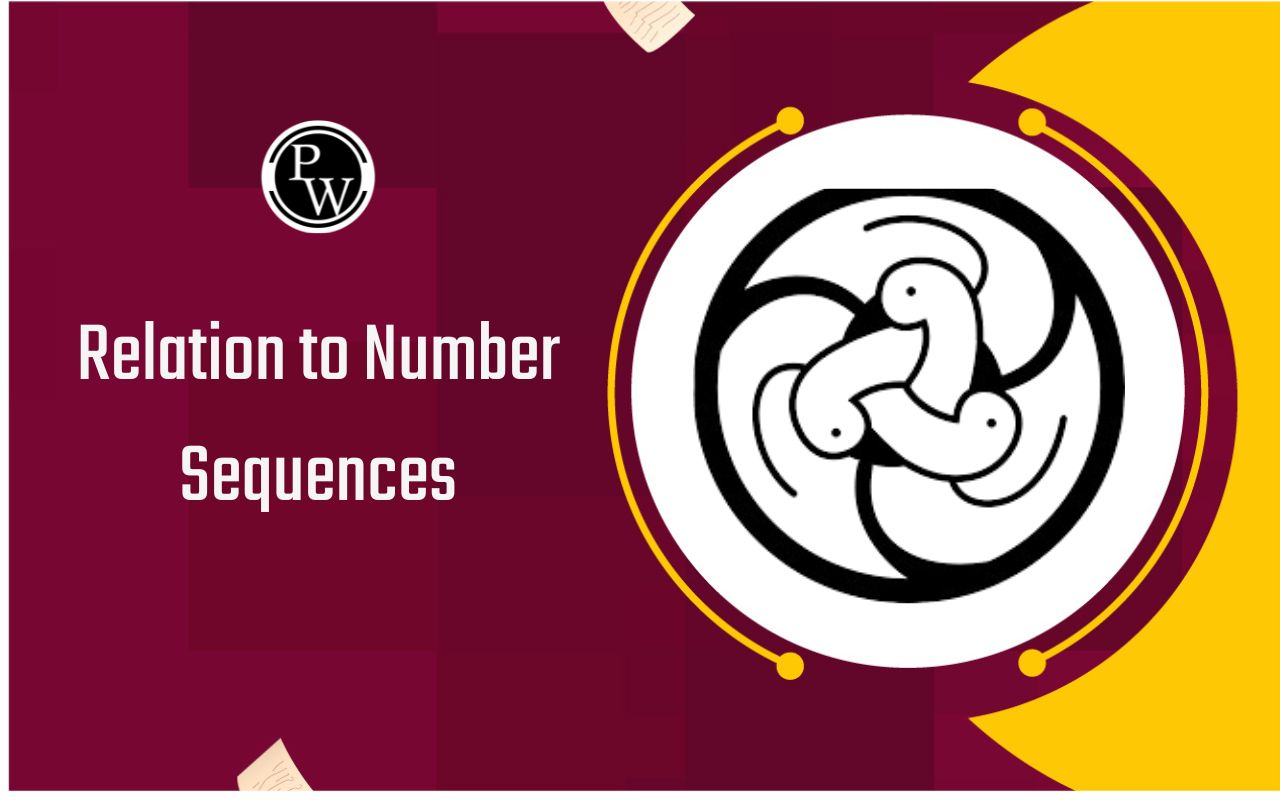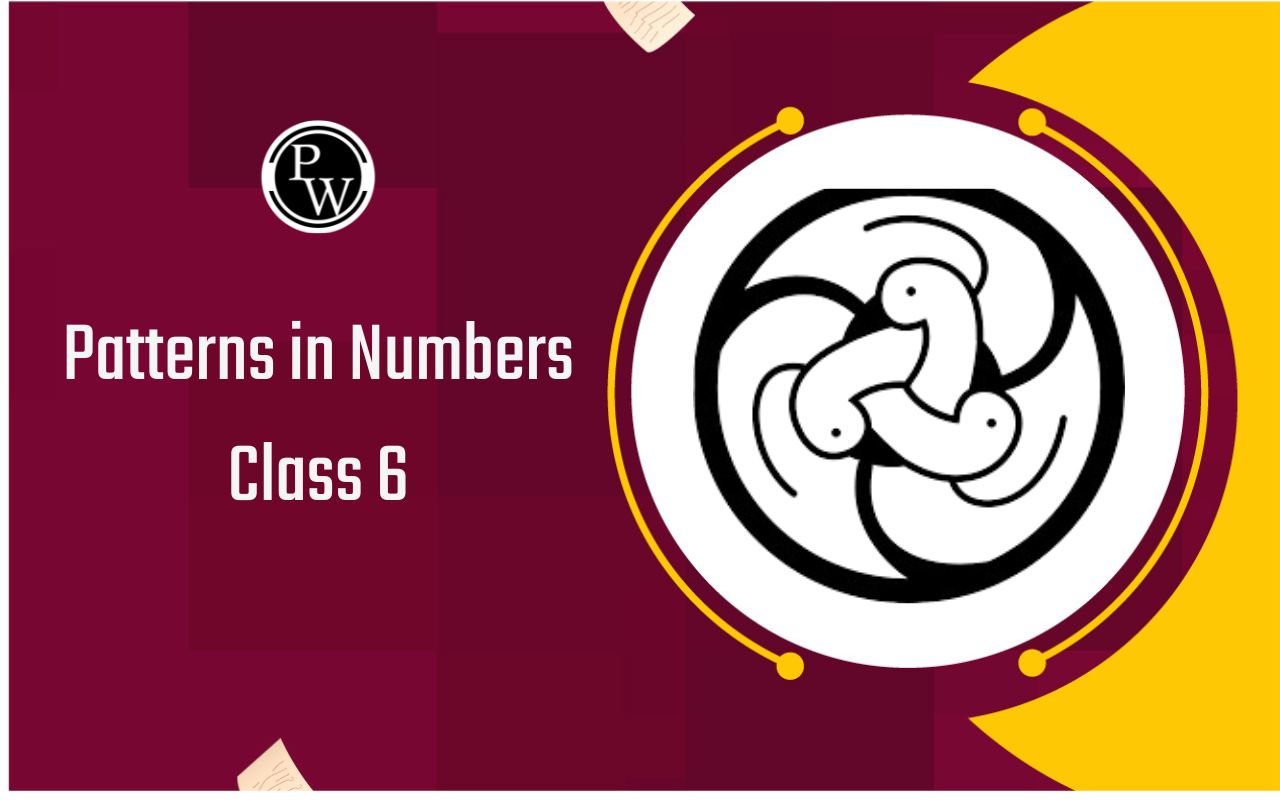
CBSE Class 6 Science Notes Chapter 8
CBSE Class 6 Science Notes Chapter 8: The human body comprises various systems, each responsible for specific bodily functions. Organs, composed of tissues modified to serve specific purposes, form integral parts of these systems. One crucial system is the skeletal system, constituting the internal framework of the body, comprising bones and cartilage. It provides structural support, facilitates movement, and offers protection to vital organs. Physics Wallah addresses this need by providing Revision Notes for Class 6, meticulously prepared by subject matter experts.CBSE Class 6 Science Notes Chapter 8 Overview
The NCERT Solutions for Class 6 Science Chapter 8 on Body Movements serve as a comprehensive guide for students to grasp the concepts thoroughly. With detailed answers and explanations, this study material aids in understanding various aspects of body movements, laying a strong foundation for comprehending anatomy topics in future classes.CBSE Class 10 Science Sample Paper 2023-24
CBSE Class 6 Science Notes Chapter 8 Body Movements Notes
The human body is a complex system comprising various organs and systems that work together to perform different functions. One crucial aspect of human anatomy is body movements, which allow individuals to perform everyday tasks, engage in physical activities, and maintain mobility. Understanding the mechanisms of body movements is essential for comprehending how the human body functions and how to maintain optimal health. 1) Types of Body Movements:- Muscular System: Muscles are the primary movers in body movements. They contract and relax to produce force, generating movement in different parts of the body. Muscles are attached to bones via tendons, and their coordinated contractions enable a wide range of movements.
- Skeletal System: The skeletal system provides the structural framework that supports the body and protects internal organs. Bones serve as attachment points for muscles, allowing for leverage and movement. Joints, where bones meet, facilitate articulation and movement.
- Joints: Joints are critical components of body movements, enabling flexibility and range of motion. Different types of joints allow for various movements, including bending, stretching, rotation, and sliding. Common types of joints include hinge joints, ball and socket joints, pivot joints, and gliding joints.
- Hinge Joints: Found in the elbows and knees, hinge joints enable movement in one plane, similar to the action of a door hinge.
- Ball and Socket Joints: These joints, such as the shoulder and hip joints, offer a wide range of motion in multiple directions, resembling a ball fitting into a socket.
- Pivot Joints: Found in the neck, pivot joints allow rotational movement, enabling the head to turn from side to side.
- Gliding Joints: Present in the wrists and ankles, gliding joints facilitate sliding movements, allowing for flexibility and dexterity.
- Flexion: Bending a joint to decrease the angle between two bones, such as bending the elbow or knee.
- Extension: Straightening a joint to increase the angle between two bones, such as straightening the arm or leg.
- Abduction: Moving a body part away from the midline of the body, such as lifting the arm sideways.
- Adduction: Moving a body part toward the midline of the body, such as bringing the arms back to the sides.
- Rotation: Turning a body part around its own axis, such as rotating the head from side to side.
- Circumduction: Moving a body part in a circular motion, such as swinging the arm in a circular pattern.
- Supination and Pronation: Supination involves turning the palm of the hand upward, while pronation involves turning the palm downward. These movements occur at the wrist and forearm joints.
- Dorsiflexion and Plantarflexion: Dorsiflexion is the movement of the foot upward toward the shin, while plantarflexion is the movement of the foot downward, pointing the toes away from the body. These movements occur at the ankle joint.
- Inversion and Eversion: Inversion involves lifting the medial edge of the foot upward, while eversion involves lifting the lateral edge of the foot upward. These movements occur at the ankle joint.
- Agonist and Antagonist Muscles: In many body movements, pairs of muscles work together in opposition. The agonist muscle is responsible for producing the movement, while the antagonist muscle opposes the action, helping to control the movement and prevent overextension.
- Synergist Muscles: Synergist muscles assist the agonist muscle in performing the movement, providing additional support and stability.
- Stabilizer Muscles: Stabilizer muscles help maintain proper posture and alignment during movements, ensuring that joints remain stable and secure.
- Age: Body movements may change with age due to factors such as decreased muscle mass, joint stiffness, and loss of flexibility. Regular exercise and physical activity can help maintain mobility and flexibility as individuals age.
- Health Conditions: Certain health conditions, such as arthritis, injuries, and neurological disorders, can affect body movements and mobility. Physical therapy and rehabilitation may be necessary to improve movement and function.
- Environmental Factors: Environmental factors, such as terrain, weather conditions, and equipment availability, can influence body movements during activities such as sports, outdoor recreation, and manual labor. Proper training and preparation can help individuals adapt to different environments and perform movements safely and effectively.
- Prevention of Injuries: Using proper body mechanics during physical activities and daily tasks can help reduce the risk of injuries such as strains, sprains, and muscle imbalances.
- Efficiency and Effectiveness: Proper body mechanics optimize movement efficiency and effectiveness, allowing individuals to perform tasks with minimal effort and maximum productivity.
- Long-Term Health and Well-Being: Consistently practicing good body mechanics promotes long-term musculoskeletal health and overall well-being, enhancing quality of life and functional independence.
- Isotonic Contractions: These contractions involve changes in muscle length, resulting in joint movement. Examples include lifting weights and walking.
- Isometric Contractions: In these contractions, muscle tension is generated without changes in muscle length. Examples include holding a static position, such as plank exercises.
CBSE Board Exam Centre List 2024
CBSE Class 6 Science Notes Chapter 8 Important Topics
The human body is a complex system comprising bones, muscles, and joints that work together to facilitate movement. Body movements are essential for various functions, such as walking, running, jumping, and performing daily activities. Understanding body movements is crucial for maintaining physical health and mobility. 1) Types of Body Movements: Body movements can be classified into several types based on their direction and range of motion:- Flexion: Bending or decreasing the angle between body parts.
- Extension: Straightening or increasing the angle between body parts.
- Abduction: Moving a body part away from the midline of the body.
- Adduction: Moving a body part toward the midline of the body.
- Rotation: Turning or twisting a body part around its axis.
- Circumduction: Moving a body part in a circular motion.
- Ball-and-socket joint: Allows for a wide range of motion in all directions, such as the shoulder and hip joints.
- Hinge joint: Permits movement in one plane, like the elbow and knee joints.
- Pivot joint: Enables rotation around a central axis, such as the neck joint.
- Gliding joint: Facilitates sliding or gliding movements between bones, such as the wrist and ankle joints.
Related Links -
CBSE Class 6 Science Notes Chapter 8 Important Questions
Here are CBSE Class 6 Science Notes Chapter 8 important questions: 1) What are the different types of body movements? The different types of body movements include:- Flexion: Bending movement that decreases the angle between two body parts.
- Extension: Straightening movement that increases the angle between two body parts.
- Abduction: Movement away from the midline of the body.
- Adduction: Movement toward the midline of the body.
- Rotation: Movement around an axis.
- Circumduction: Circular movement where the distal end of a limb moves in a circle while the proximal end remains fixed.
- Ball and socket joint (e.g., hip joint)
- Hinge joint (e.g., knee joint)
- Pivot joint (e.g., neck joint)
- Gliding joint (e.g., wrist joint)
- Muscle strength and flexibility
- Joint health and range of motion
- Posture and alignment
- Balance and coordination
- External factors such as footwear, equipment, and environmental conditions
- Increasing muscle strength and flexibility
- Enhancing joint mobility and stability
- Improving balance, coordination, and agility
- Promoting cardiovascular health and endurance
- Boosting overall physical and mental well-being
- Warming up before exercise and cooling down afterward
- Using proper equipment and protective gear
- Practicing good posture and body mechanics
- Gradually increasing intensity and duration of workouts
- Listening to the body and avoiding pushing beyond limits
- Seeking professional guidance and supervision when trying new activities or exercises.
- Aerobic exercises, such as walking, swimming, and cycling, improve cardiovascular health, endurance, and overall stamina.
- Strength training exercises, such as weightlifting and resistance training, increase muscle strength, power, and endurance, leading to better functional movements and reduced risk of injuries.
| CBSE Syllabus Class 6 | |
| CBSE Class 6 Science Syllabus | CBSE Class 6 Maths Syllabus |
| CBSE Class 6 Social Science Syllabus | CBSE Class 6 English Syllabus |
CBSE Class 6 Science Notes Chapter 8 PDF
Studying for CBSE Class 6 Science can be made easier with the help of well-organized and comprehensive study materials. Physics Wallah offers high-quality PDF notes and solutions for Chapter 8: Body Movements, which cover all the essential topics and concepts in a clear and concise manner. These notes are prepared by experienced educators and are designed to help students understand the subject thoroughly. Physics Wallah's Chapter 8 PDF notes include detailed explanations, diagrams, and examples to facilitate better understanding and retention of the concepts. The solutions provided are accurate and follow the CBSE curriculum guidelines, ensuring that students receive reliable assistance for their studies.CBSE Class 6 Science Notes Chapter 8 PDF Download
These resources are easily accessible and can be downloaded for offline use, making them convenient for students to study anytime, anywhere.CBSE Class 6 Science Notes Chapter 8 FAQs
What are the major types of body movements?
The major types of body movements include flexion, extension, abduction, adduction, rotation, and circumduction.
How do muscles contribute to body movements?
Muscles contract and relax to produce force, pulling on the bones they are attached to and causing movement at the joints.
What are the major types of joints in the human body?
The major types of joints include ball and socket joints, hinge joints, pivot joints, and gliding joints.
How do muscles work in pairs during body movements?
Muscles work in pairs, with one muscle contracting (agonist) while the other relaxes (antagonist) to produce movement in opposite directions.
What factors can affect body movements?
Factors that can affect body movements include muscle strength, joint health, posture, balance, coordination, and external factors like footwear and equipment.
Talk to a counsellorHave doubts? Our support team will be happy to assist you!

Check out these Related Articles
Free Learning Resources
PW Books
Notes (Class 10-12)
PW Study Materials
Notes (Class 6-9)
Ncert Solutions
Govt Exams
Class 6th to 12th Online Courses
Govt Job Exams Courses
UPSC Coaching
Defence Exam Coaching
Gate Exam Coaching
Other Exams
Know about Physics Wallah
Physics Wallah is an Indian edtech platform that provides accessible & comprehensive learning experiences to students from Class 6th to postgraduate level. We also provide extensive NCERT solutions, sample paper, NEET, JEE Mains, BITSAT previous year papers & more such resources to students. Physics Wallah also caters to over 3.5 million registered students and over 78 lakh+ Youtube subscribers with 4.8 rating on its app.
We Stand Out because
We provide students with intensive courses with India’s qualified & experienced faculties & mentors. PW strives to make the learning experience comprehensive and accessible for students of all sections of society. We believe in empowering every single student who couldn't dream of a good career in engineering and medical field earlier.
Our Key Focus Areas
Physics Wallah's main focus is to make the learning experience as economical as possible for all students. With our affordable courses like Lakshya, Udaan and Arjuna and many others, we have been able to provide a platform for lakhs of aspirants. From providing Chemistry, Maths, Physics formula to giving e-books of eminent authors like RD Sharma, RS Aggarwal and Lakhmir Singh, PW focuses on every single student's need for preparation.
What Makes Us Different
Physics Wallah strives to develop a comprehensive pedagogical structure for students, where they get a state-of-the-art learning experience with study material and resources. Apart from catering students preparing for JEE Mains and NEET, PW also provides study material for each state board like Uttar Pradesh, Bihar, and others
Copyright © 2025 Physicswallah Limited All rights reserved.
Get App







